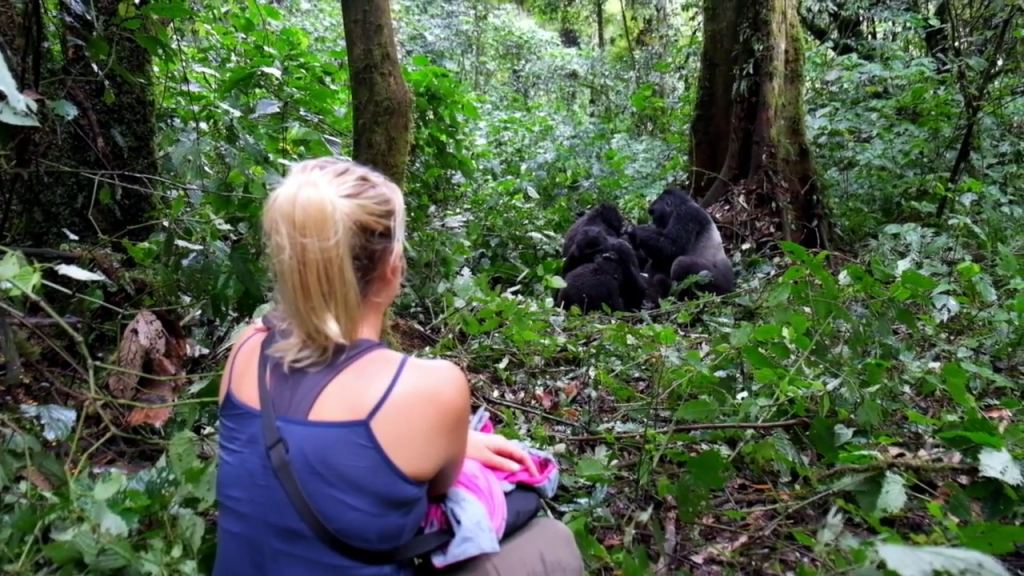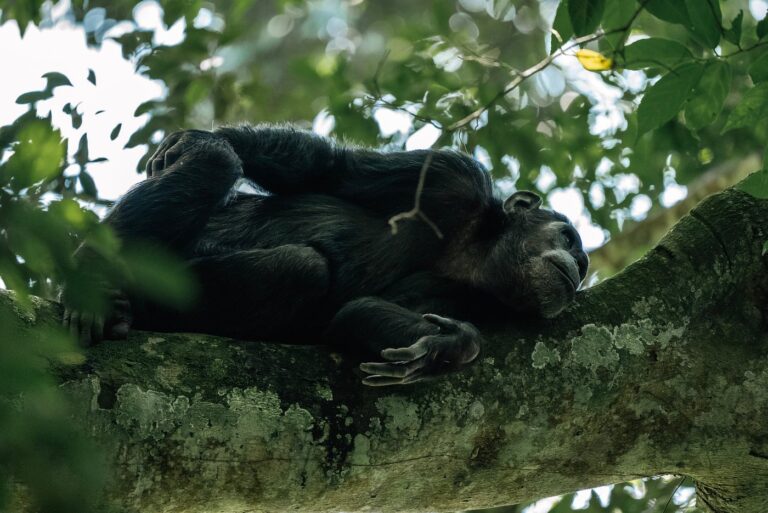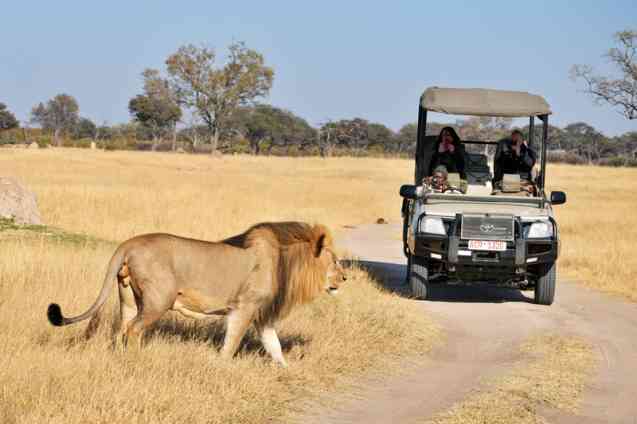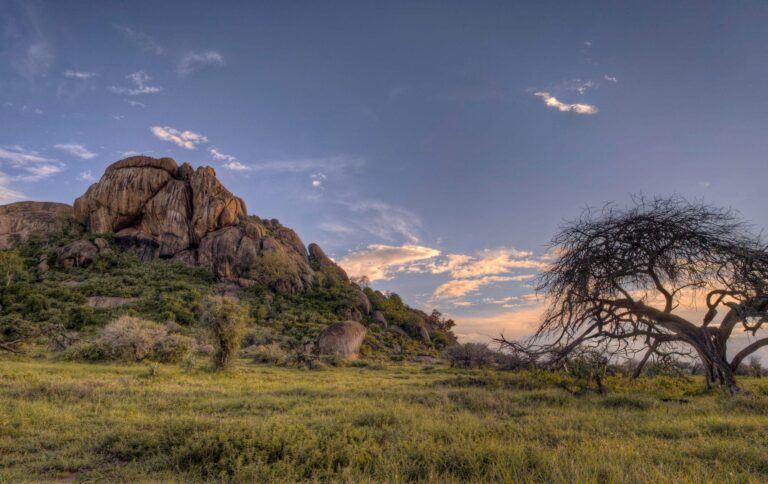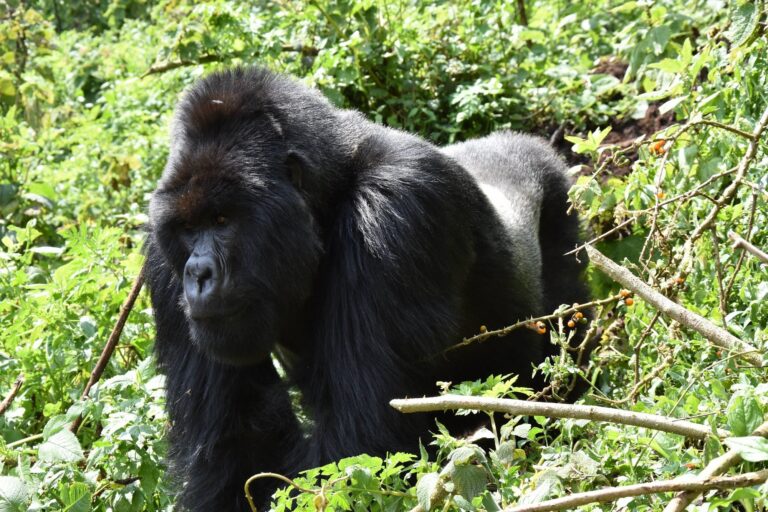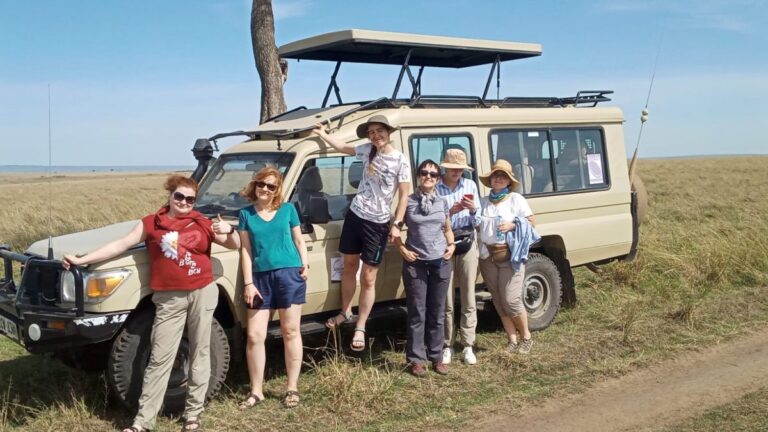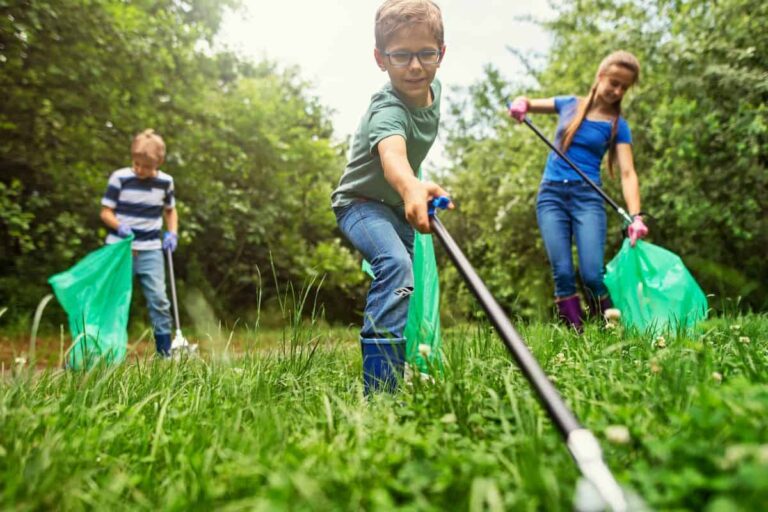Best Time For Gorilla Trekking in Uganda & Rwanda
Wondering about the best time for gorilla trekking in Uganda and Rwanda? Alba Wonders Africa has got you covered. Mountain gorillas are one of Africa’s most sought-after wildlife species, and catching a glimpse of these majestic creatures in their natural habitat is an experience that words alone can’t describe. Gorilla trekking is a year-round activity, but understanding how the dry and wet seasons affect gorilla trekking experiences is key and enhances your chances of an unforgettable encounter. Depending on how you weigh your priorities, the following information will help you decide which season is right for you.
Gorilla Trekking in the Dry season (June to September, and December to February)
Temperatures in mountain gorilla natural habitats are at their most pleasant with warm days, low humidity, and virtually no rainfall. (Mid-day temperatures typically range from 25°C to 30°C, with deep-blue cloudless skies. However, nighttime temperatures fall dramatically. Early morning temperatures in mountain gorilla natural habitats average about 10°C and are usually much colder.
- Trekking and viewing experiences: Although some travelers attest to the incredible experiences and verdant vegetation of the wet season months, gorilla trekking experiences in the dry season are the easiest of any time of year, and it is made more so as forest trails become drier and more comfortable.
The jungles become more open, allowing for easier guided walks along the gorilla trekking trails. In addition, the views are clearer, and the vegetation is drier, hence making it less challenging to navigate through while searching for the Giant Apes in their natural habitat.
- Crowds: The dry season is the most popular time to go gorilla trekking in Uganda, Rwanda, and the Democratic Republic of Congo. Much as June is still a relatively quiet month, by July, the accommodation facilities around Volcanoes National Park and Bwindi Impenetrable National Park are booked solid.
There’s no availability for Gorilla trekking permits on some days, and for this reason, book your gorilla trekking adventure (purchasing permits and booking accommodations) as early as possible to avoid disappointment. Rates for accommodation are at a premium; hence, this would not be a wonderful time for visitors looking for budget gorilla trekking tours to make a multi-day adventure.
Gorilla trekking in the wet season (March to May, October to November)
By March, humidity soars rampantly as the wet season (also referred to as the rainy season) sets in, and mosquitoes are more widespread. Late afternoons and evenings usually bring dramatic thunderstorms, especially in October and November. Additionally, it rarely rains all day, and mornings are normally clear.
- Gorilla trekking experiences change, too. Maneuvering the forest trails becomes more of a challenge due to the heavy downpours. Sometimes, visitors are prone and open to the elements, potentially unbearable to walk while it is raining. For this reason, it is advisable to pack a rain jacket (or a poncho), as well as a mosquito repellent and sunscreen before embarking on your gorilla trekking adventure.
Also, as rainfall levels increase, vegetation becomes denser and forest trails muddy and slippery, hence making it more challenging to navigate through the forest while searching for the majestic Giant Apes.
Increased vegetation growth means animals have plenty of food and will move close to the forest borders, hence making gorilla treks shorter than in the dry season.
- Photography: While it will be challenging to navigate the forest while searching for mountain gorillas, photographers will find this a remarkable time to enjoy this adventure. It will interest you to know that the bright landscape shimmers with shades of green, and the phenomenal contrast of sunlight and thunderstorms makes for a breathtaking backdrop.
Additionally, the dust of the dry season has settled, and the air is clearer and cleaner, and everything smells and feels fresh, thus making the wet season popular for gorilla photography.
- Birding experiences: While the mountain gorillas are the stars of the show during gorilla trekking adventures, birding is at its prime as wet season migrants flock in April and November, and the resident birds can be seen in phenomenal breeding plumage.
- Crowds during gorilla trekking tours: Visitor crowds understandably reduce with the start of the wet season. Indeed, a large part of Bwindi and Volcanoes National Parks’ appeal in the wet season is its tranquility, with relatively fewer visitors. Accommodation rates in some Lodges fall in the wet season/low season as well, hence paying to take advantage of the season’s bargain low-season rates, as prices spike again in the peak season. It will interest you to know that it is easier to buy gorilla permits and find accommodations during this season, even at the last minute.
All in all, the wet season is a great time for gorilla trekking if you want to experience the mountain gorillas’ natural habitats when there are fewer visitors, and prices are at their lowest of the year. Additionally, finding accommodation is easier than in the dry season, but it is still recommended to make reservations well head of time.
Gorilla trekking packing list
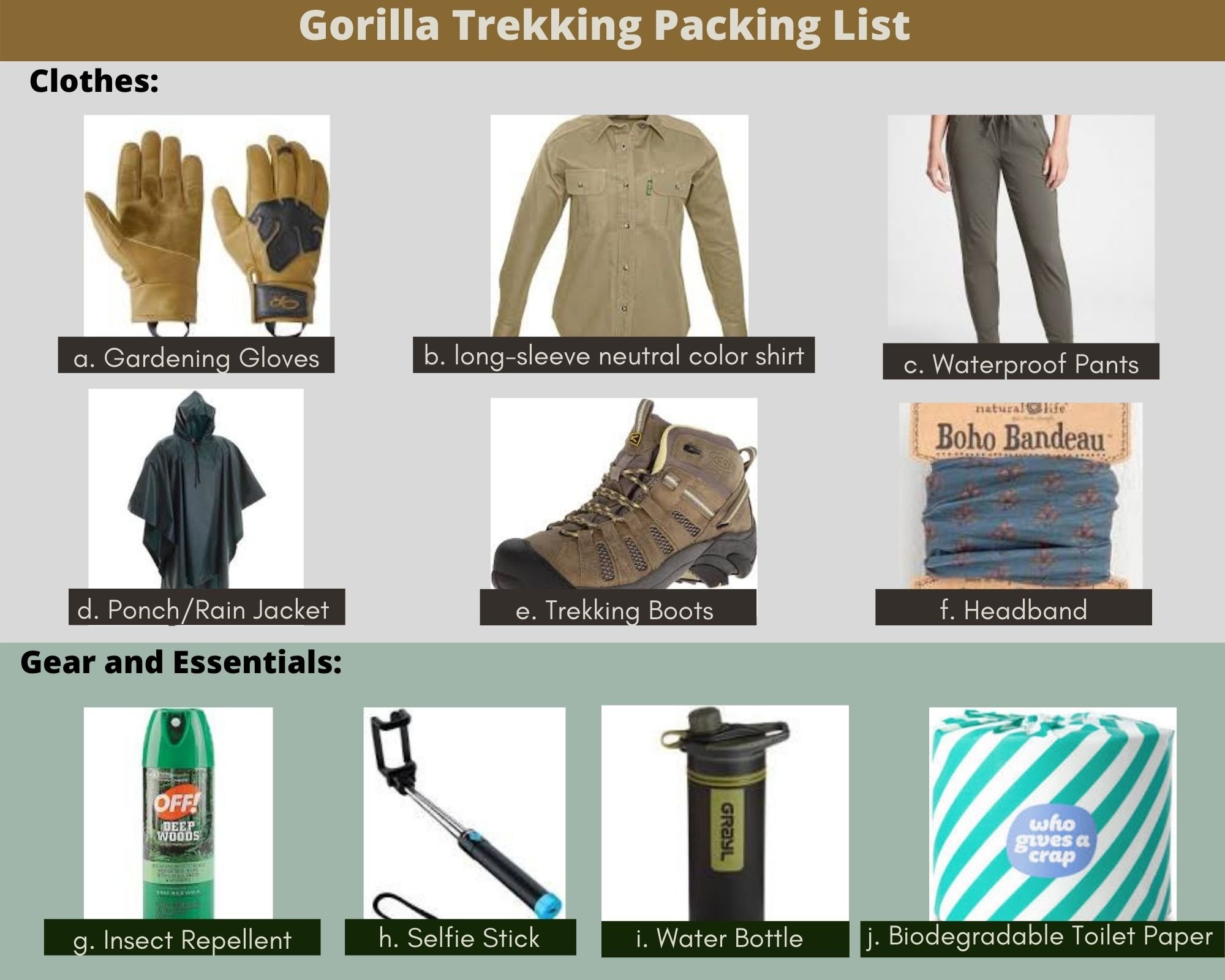 For gorilla trekking, lightweight, breathable, and comfortable clothes are essential. These include waterproof safari pants, short and long sleeve shirts that dry quickly, as well as layers that make it easy to strip off in the sun.
For gorilla trekking, lightweight, breathable, and comfortable clothes are essential. These include waterproof safari pants, short and long sleeve shirts that dry quickly, as well as layers that make it easy to strip off in the sun.
For gorilla trekking clothing, you need comfortable cotton socks, a large scarf, a waterproof rain jacket/poncho, safari pants, long-sleeved shirts, a wide-brimmed hat, and underwear, among others.
For footwear, a pair of sturdy and comfortable hiking boots with ankle support is ideal for gorilla trekking through the forests in muddy areas.
Waterproof backpacks are handy for keeping your items safe and secure during gorilla trekking adventures.
Personal items and essentials (insect repellent, after-bite cream, a reusable water bottle, flashlight, sunglasses, sunscreen, energy-giving snacks, a camera, and a pair of binoculars) are recommended for these adventures.
Toiletries: Tissue packs, face and hand wipes, shampoo and body wash, deodorant, hand sanitizer, toothbrush and toothpaste, hair comb/brush, and lip gloss.
Documentation: Insurance documents, an original passport copy, a yellow fever inoculation certificate if you are traveling from a yellow-fever-prone area, an e-ticket, and a Hotel reservation.
First aid kit: Scissors, Aspirin, gloves, antibacterial wipes, anti-fungal cream, assorted Band-Aids, antiseptic wipes, anti-diarrheal tablets, wound dressing, tweezers, blister dressing, and Vaseline.
Conclusion: When is the best time for gorilla trekking? As you may have concluded from the above information, choosing the right time to go for gorilla trekking depends on your tolerance for heat and humidity, whether you wish to add birding to your gorilla trekking adventure, how crowd-tolerant you are, and your budgetary concerns.
If less challenging gorilla trekking experiences are your priority, then June to September and December to February are the best months. The weather is warm by day, with cool evenings are reduced rainfall levels, while the less dense forest and drier forest trails are optimal for enjoying unforgettable gorilla trekking experiences. This is also the peak season for gorilla trekking tours.

